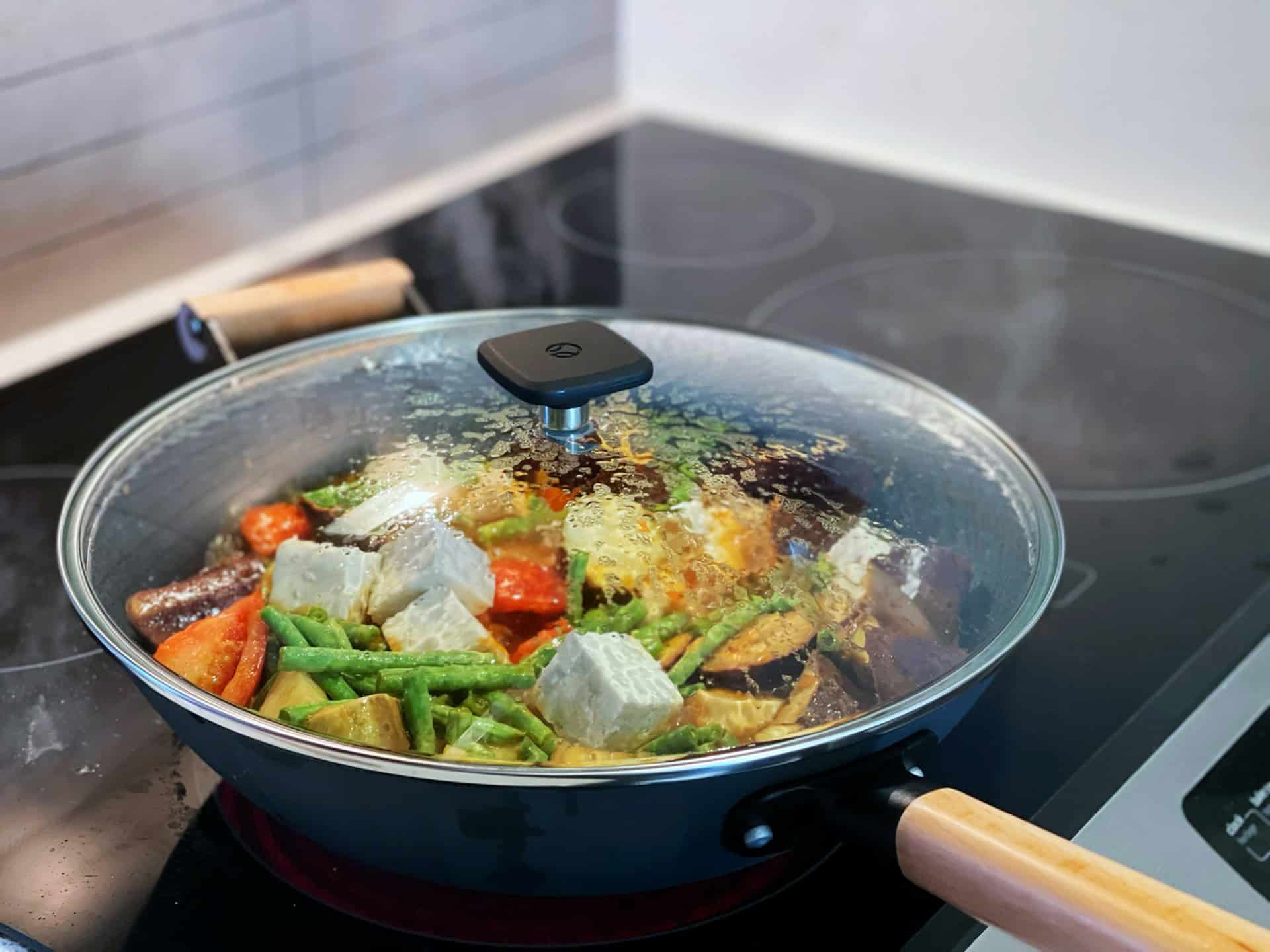
Question: What Are the Disadvantages of an Induction Oven?
Answer: Disadvantages of an induction oven include they can be expensive, require specific magnetic cookware, may make a buzzing noise, and can be difficult to control at very low heat settings.
Exploring Induction Oven Drawbacks
Induction cooking offers speed and efficiency. However, it also presents some disadvantages. This article explores the drawbacks of induction ovens. We examine cost, cookware compatibility, learning curve, surface limitations, repair expenses, and noise considerations. Understanding these limitations empowers you to decide if induction cooking suits your needs. We’ll provides valuable insights into the potential challenges of induction cooking, offering a balanced perspective for informed decisions. We cover both practical and financial aspects, giving you a complete picture. We aim to help you determine if an induction oven’s benefits outweigh its drawbacks for your specific cooking style and budget.
This guide explores the potential downsides of owning an induction oven. We will look at specific points to consider before purchasing an induction oven. We will evaluate if these drawbacks are significant or minor. We will help you understand if they will impact your daily cooking experience.
Initial Cost of Induction Ovens
Induction ovens often have a higher initial purchase price than conventional electric or gas ovens. This higher upfront cost can be a barrier for some consumers, especially those on a tight budget. Price differences vary depending on brand, features, and oven size. Researching different models and comparing prices is important. This allows buyers to find the best value within their budget.
While long-term energy savings can offset the initial cost, the immediate financial outlay can be substantial. Consider your budget carefully before investing in an induction oven. Assess if the long-term benefits justify the higher purchase price.
Click here for more information on kitchen cabinet refinishing Toronto
Related Article: Do Induction Ovens Cook Faster?
Related Article: What Happens if Water Falls on an Induction Stove?
Learning Curve for Induction Cooking
Induction cooking requires a different approach than traditional cooking methods. The precise temperature control and rapid heating can take some getting used to. Some users find the learning curve challenging. It requires adjusting cooking times and techniques to avoid burning food. Practice and experimentation are key to mastering induction cooking.
While the learning curve is usually not steep, it is something to consider. Be prepared to adapt your cooking habits when transitioning to an induction oven. Online resources and recipe books specific to induction cooking can be helpful.
Limited Surface Area for Some Cookware
The induction cooking surface only heats the area directly in contact with the magnetic cookware. This can limit the use of certain types of cookware. For instance, woks with a rounded bottom might not make full contact with the surface. This can result in uneven heating. Specialized induction-compatible woks exist. However, they can be more expensive than traditional woks.
Using very small pots or pans might not be efficient. The induction element might not activate if the cookware base is too small. Consider your cookware needs and cooking style before switching to induction. Ensure that the induction surface accommodates your most commonly used pots and pans.
Repair Costs for Induction Ovens
Repairing an induction oven can be more expensive than repairing conventional ovens. Induction technology is more complex. This requires specialized technicians and often more costly parts. While induction ovens are generally reliable, repairs can be a significant expense if they occur.
It is important to consider potential repair costs when budgeting for an induction oven. Factor in the potential for higher repair bills compared to other oven types. Look for reliable brands with good warranty coverage to mitigate some of this risk.
Noise Considerations During Operation
Induction ovens can produce various noises during operation. These include buzzing, humming, or clicking sounds. These sounds arise from the electromagnetic field interacting with the cookware. The noise level varies depending on the oven model and the cookware used.
While most induction ovens operate at a relatively low noise level, some individuals might find the sounds distracting or annoying. Consider the potential for noise, especially in open-concept kitchens where the sound might carry. Research quieter models if noise is a concern.
Conclusion
Induction ovens offer many advantages, including speed, efficiency, and precise temperature control. However, potential buyers must consider several drawbacks. The higher initial cost, cookware compatibility issues, and learning curve are important factors. Limited surface area for some cookware, higher repair costs, and potential noise during operation are also relevant considerations.
Weighing these disadvantages against the benefits is crucial for an informed decision. Assess your cooking habits, budget, and priorities to determine if induction cooking aligns with your needs. While induction offers many attractive features, understanding the potential drawbacks allows you to make a choice that best suits your individual circumstances. This balanced perspective empowers consumers to make the best decision for their kitchens.

Blue Malue Get in touch with Blue here.
